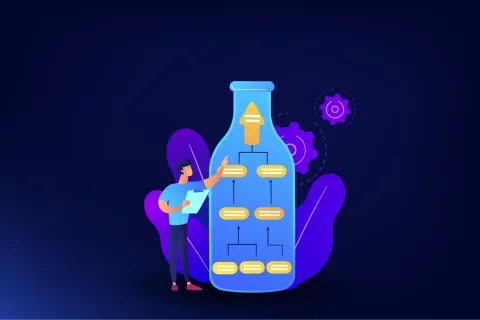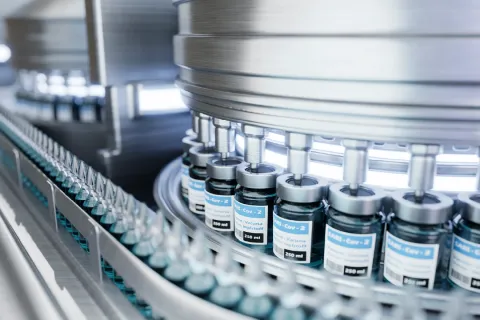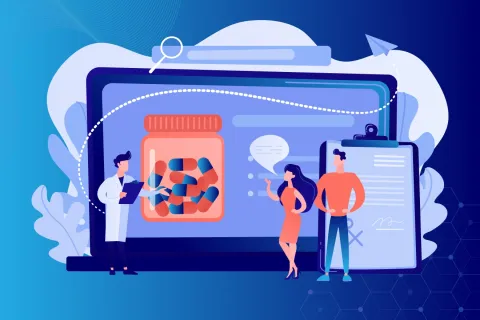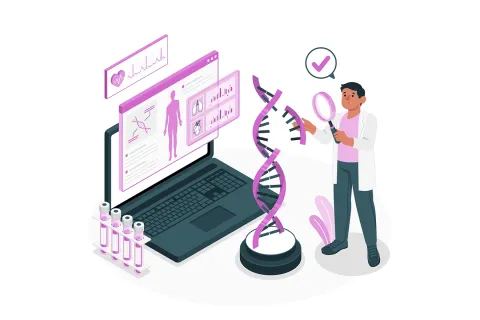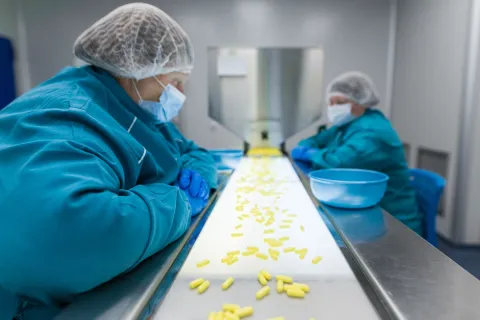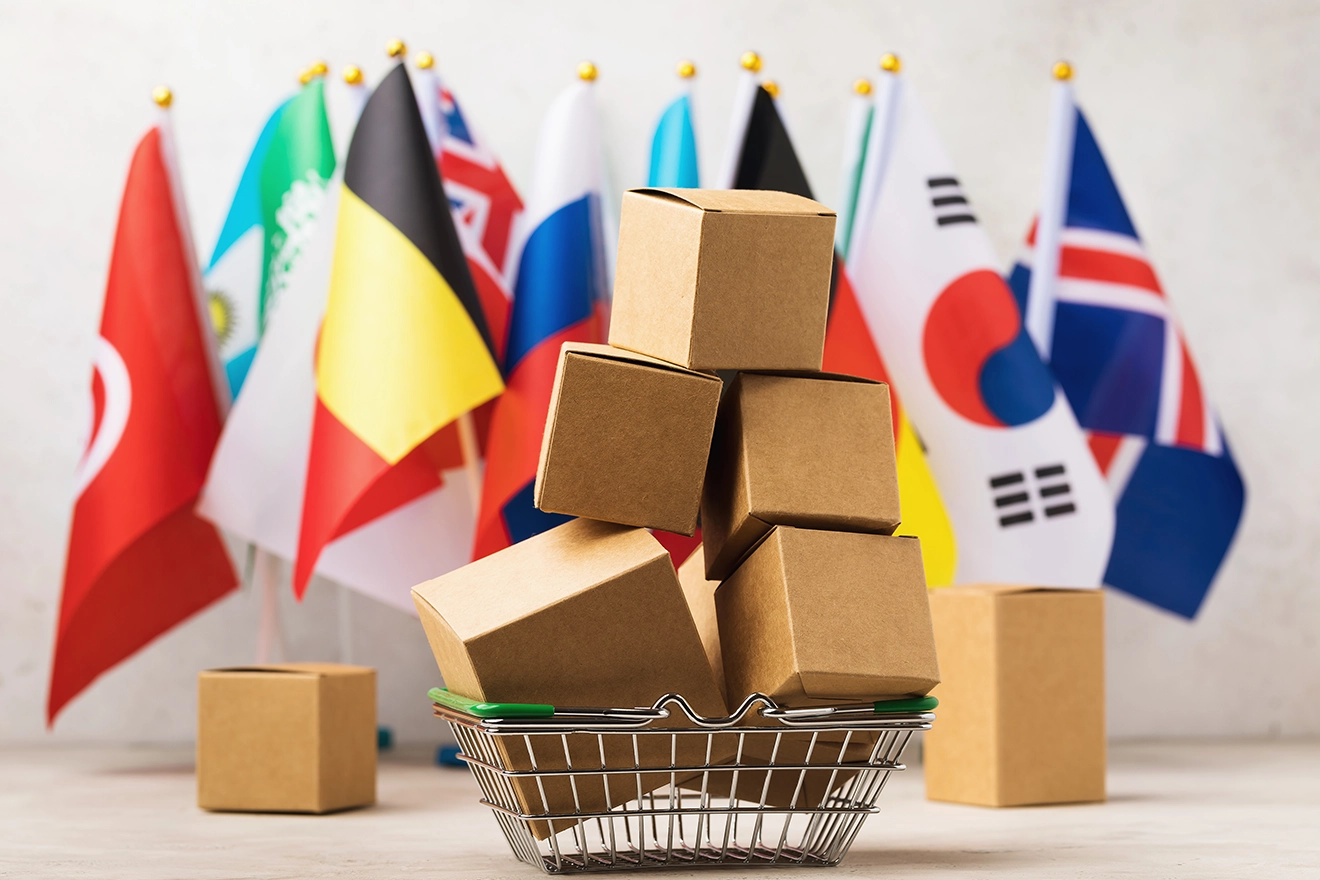
In the global pharmaceutical industry, accurate and error-free communication is of paramount importance. As pharmaceutical companies expand their reach into international markets, multilingual materials such as product labels, packaging, and patient information leaflets are required more and more.
However, translating and proofreading pharmaceutical artwork across multiple languages presents unique challenges. In this blog, we shall focus on:
- Exploring the importance of artwork proofreading for multilingual pharmaceutical products.
- Discuss the specific considerations involved.
- Highlighting strategies for ensuring linguistic accuracy and Regulatory compliance.
Understanding the Challenges of Multilingual Pharmaceutical Artwork
Translating and proofreading pharmaceutical materials requires careful attention to detail, understanding cultural nuances, and following Regulatory guidelines. Some of the key challenges in this process include:
- Linguistic Accuracy: Ensuring accurate translation of scientific and medical terminology, dosages, warnings, and instructions without losing meaning or context.
- Cultural Sensitivity: Adapting artwork and text to align with cultural norms, preferences, and Regulatory requirements specific to each target market.
- Regulatory Compliance: Meeting the stringent guidelines, as set by Regulatory authorities in different countries, including labeling requirements, legal disclaimers, and safety information.
The Role of Artwork Proofreading in Multilingual Pharmaceutical Materials
Artwork proofreading plays a key role in ensuring the linguistic accuracy and Regulatory compliance of multilingual pharmaceutical materials. It helps resolve the challenges discussed above. Let us understand how:
- Linguistic Accuracy: Proofreaders meticulously review translated text for grammar, spelling, syntax, and consistency across different languages. However, they are also careful to preserve the intrinsic meaning and tone of the text. Thus, overall, proofreaders help make the intended point with accuracy and precision.
- Cultural Adaptation: Proofreaders with expertise in specific regions/languages can identify potential cultural sensitivities. Based on that, they suggest appropriate adaptations to artwork and text, thereby helping pharmaceutical companies avoid unintended misunderstandings or offenses.
- Regulatory Compliance: Artwork proofreaders ensure that all translated materials adhere to local Regulatory guidelines, including the proper placement of warnings and legal disclaimers, as well as compliance with specific labeling requirements.
Best Practices for Artwork Proofreading in Multilingual Pharmaceutical Materials
To enhance the efficacy of artwork proofreading for multilingual pharmaceutical materials, consider the following four (04) best practices:
- Collaborate with Linguistic Experts: Engage professional translators and proofreaders who are native speakers of the target language(s) and have a deep understanding of the pharmaceutical industry. Their expertise will help ensure linguistic accuracy and cultural appropriateness.
- Develop a Style Guide: Create a comprehensive set of guidelines that outlines the preferred terminology, formatting, and linguistic regulations for each language. This guide will serve as a reference for proofreaders and help them maintain consistency across translations.
- Implement a Review Process: Establish a structured review process involving multiple rounds of proofreading and quality checks. The process should involve collaboration between translators, proofreaders, Regulatory experts, and other relevant stakeholders to help identify and rectify any errors or inconsistencies.
- Leverage Technology: Explore translation memory tools, glossaries, and automated quality checks to streamline the proofreading process. Such tools can help ensure consistency, improve efficiency, and reduce the risk of errors.
The Benefits of Effective Artwork Proofreading in Multilingual Pharmaceutical Materials
Implementing thorough artwork proofreading for multilingual pharmaceutical materials has the following benefits:
- Accurate Communication: By ensuring linguistic accuracy, proofreaders help pharmaceutical companies effectively communicate important information to patients, healthcare professionals, and Regulatory bodies in various languages.
- Regulatory Compliance: Proper proofreading helps companies meet the Regulatory requirements of different markets, thus reducing the risk of non-compliance and associated penalties.
- Brand Reputation: High-quality, error-free translations contribute to the creation of a positive brand image, which instills trust in patients and healthcare providers worldwide.
- Patient Safety: Accurate translations and clear instructions on packaging and patient information leaflets enhance patient safety by minimizing the risk of misunderstandings or medication errors.
Conclusion
To sum up, artwork proofreading is a crucial step in the production of multilingual pharmaceutical materials. It ensures linguistic accuracy and Regulatory compliance so that pharmaceutical companies can effectively communicate with diverse audiences and uphold their brand reputation. Through collaboration with linguistic experts, adherence to best practices, and leveraging technology, companies can navigate the challenges of multilingual artwork proofreading and deliver accurate, culturally sensitive, and compliant materials across the globe.
Collaborate with a partner who has a global presence and is well-versed in regional languages to accelerate the process of bringing your multilingual pharmaceutical product to the market. Freyr, with its presence in one hundred and twenty (120) + countries, is your right partner of choice for multilingual pharmaceutical artwork proofreading. Click here to learn more about our artwork proofreading services!
